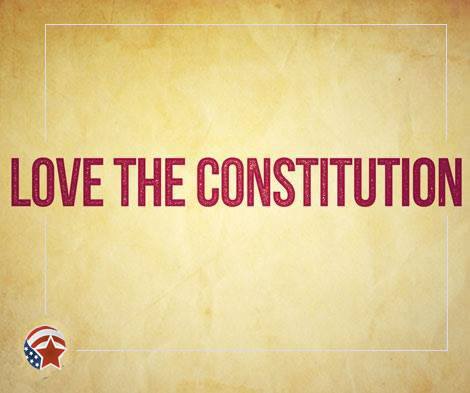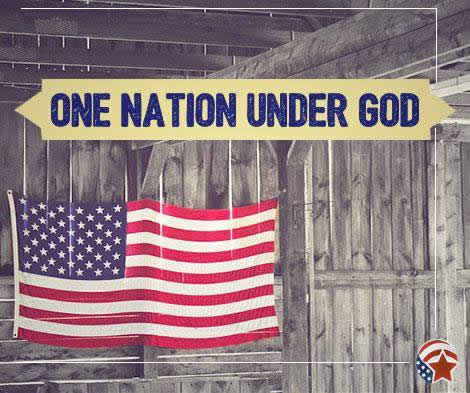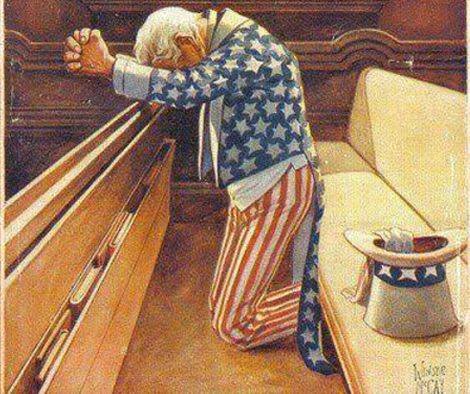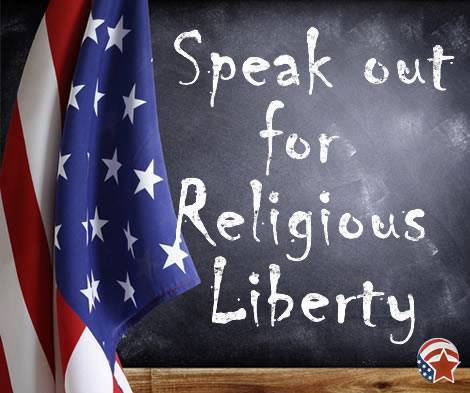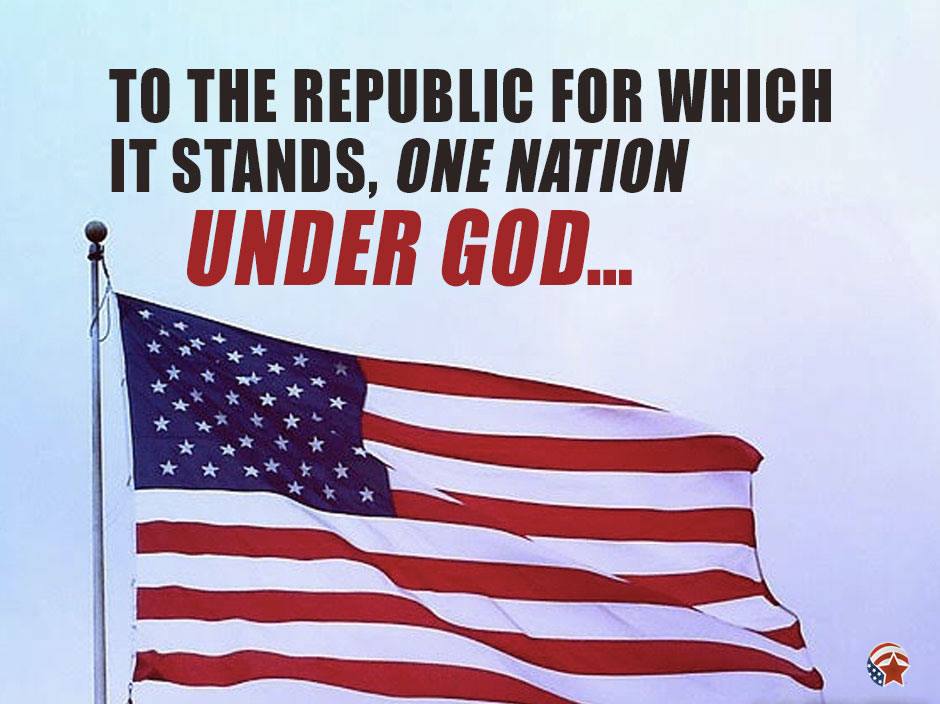
Gene Edward’s [1932-2022] insight from his classic A Tale of Three Kings reads: “This is an immutable fact: none of us can tell who is the Lord’s anointed and who is not. Some kings, whom all agree are after the order of King Saul, are really after the order of David. And others, who all agree are after the order of David, really belong to the order of King Saul.”
We never know whether we’re dealing with a King Saul or a King David, and Jehovah is not going to tell us.
The 1980 Republican presidential primary featured several prominent candidates, but ultimately came down to a battle between Ronald W. Reagan [1911-2004] and George H.W. Bush [1924-2018]. Bush criticized Reagan’s economic plan, which centered on supply-side economics – the idea that tax cuts, especially for the wealthy and businesses, would stimulate investment, increase productivity, and ultimately lead to increased tax revenue.
Ronald Reagan, the former Governor of California and eventual winner of the presidency in 1980, ran on a platform of supply-side economics, outright anti-communism, limited government, and states’ rights. The charismatic communicator enjoyed a strong base among conservatives, built from his 1976 presidential run and the advantage of being a national figure.
George H.W. Bush, the former CIA Director, Congressman, and Ambassador, criticized Reagan’s economic plan as “voodoo economics,” implying that it was magical thinking, unproven and unrealistic. Reagan secured the nomination at the 1980 Republican National Convention in Detroit and then chose Bush as his vice-presidential running mate to unite the party.
After Reagan’s two terms, Vice President Bush was elected president in 1988, primarily due to the coattails of Ronald Reagan, whose approval rating at the end of his two-term presidency was nearly 60%. Reagan’s legacy of limited government, deregulation of business, and lower taxes produced a record of strong economic growth, known as ‘Reaganomics’. Ending the 45-year Cold War – a period of intense political rivalry between the United States and the Soviet Union – may have been the crowning achievement of Reagan’s stewardship.
In hindsight, Ronald Reagan is viewed by many as a transformational president.
In 1988, the nation’s voters desired a continuation of Reagan’s ‘Morning in America’ optimistic vision of America. As such, Vice President Bush pledged in his 1988 campaign to continue Reagan’s policies and famously said, “I want a kinder, gentler nation” and “Read my lips: no new taxes.” Once in office, however, President Bush faced an economic downturn, broke his ‘Read my lips’ tax pledge and faced unfolding unrest with the conservative base.
By 1992, many Reagan-era advocates felt that Bush had abandoned conservative principles and coalesced behind Pat Buchanan, the conservative columnist and commentator born in 1938, who fueled a grassroots insurgency from the populist Right. Buchanan’s run for president positioned him as the most vocal Republican critic of President Bush’s North American Free Trade Agreement [NAFTA].
Prophetically, Buchanan warned that NAFTA would hollow out American manufacturing, especially in the Midwest and Rust Belt, “What we’re talking about is the surrender of American sovereignty, and the export of American jobs to cheap labor markets like Mexico.” Labeling NAFTA as a “betrayal of American workers,” Buchanan argued that corporate elites would profit while middle-class Americans would suffer.
Buchanan was later vindicated as millions of manufacturing jobs were lost [especially from the late 1990s to the early 2000s], and entire towns in the Rust Belt declined, thus becoming fuel for a pugnacious rebellion and a breeding ground of political populism. China’s entry into the World Trade Organization [WTO] in 2001 compounded the damage.
The Left-leaning think tank Economic Policy Institute [EPI] estimated that NAFTA resulted in approximately 682,900 job losses in the United States between 1994 and 2010. Most were manufacturing jobs in the automotive, textile, electronics, and steel industries, particularly in states like Michigan, Ohio, Indiana, Pennsylvania, and North Carolina.
Before NAFTA [1993], the U.S. had a small trade surplus with Mexico. Following NAFTA, the U.S. suffered a persistent trade deficit. In 1993, the U.S. recorded a $1.7 billion surplus with Mexico, whereas in 2024, the U.S. trade deficit with Mexico reached $171.8 billion. Many towns in the Rust Belt and South that had relied on textile, furniture, or auto parts industries experienced factory closures, population decline, rising poverty, opioid addiction, and wrenching collapse of local tax bases.
With that as background, Pat Buchanan’s 1990s critique of globalist trade policies, economic nationalism, and defense of American manufacturing laid much of the intellectual and political groundwork for Donald Trump’s 2016 and 2024 MAGA revolt.
This brings us to President Donald Trump’s strategy of using tariffs to bring industry and jobs back to America, a strategically bold approach similar in ingenuity to Ronald Reagan’s supply-side economics, known as ‘Reaganomics’. To date, duties imposed by the American government on imported goods have sparked strong disagreements in public debate and are not universally accepted.
Whether tariffs are a sound strategy depends on how one defines success in terms of national security, employment, long-term economic efficiency, or global leadership. As early as 1862, Abraham Lincoln [1809-1865] pre-empted perfectly the current debate around Trump:
“If I were to try to read, much less answer, all the attacks made on me, this shop might as well be closed for any other business. I do the very best I know how – the very best I can; and I mean to keep doing so until the end. If the end brings me out all right, what’s said against me won’t amount to anything. If the end brings me out wrong, ten angels swearing I was right would make no difference.”1
A.W. Pink [1886-1952] noted in his classic The Life of David that God is pleased to select the most unlikely and unpromising instruments to execute His pleasure, [so] “that it may the more plainly appear the power is His alone.”
Hindsight is the key, or as Carl Sandburg [1878–1967] aptly observed: “A tree is best measured when it’s down.”2
Thankfully, Gideons and Rahabs have begun to stand.
David Lane
American Renewal Project
1. From a conversation at the White House, reported by Frank. B. Carpenter, 1862.
2. American poet, biographer, journalist, and editor Carl Sandburg won three Pulitzer Prizes: two for his poetry and one for his biography of Abraham Lincoln.







